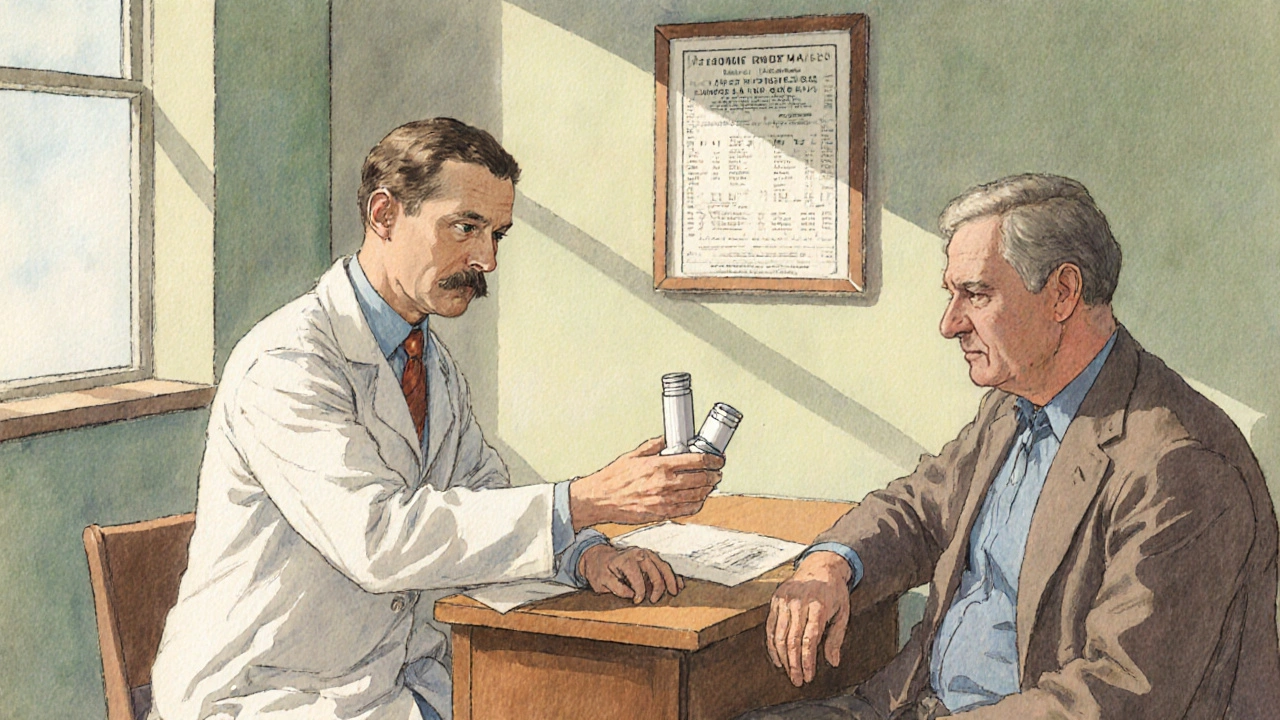Allergic Reaction: Causes, Symptoms & Management
When dealing with Allergic Reaction, an immune system response that produces itching, swelling, breathing trouble, or hives. Also known as hypersensitivity, it may appear as Contact Dermatitis, skin inflammation caused by direct contact with an allergen or escalate to Anaphylaxis, a rapid, whole‑body reaction that can block airways and drop blood pressure. Understanding these forms helps you react fast and stay safe.
Most allergic reactions start because the body misidentifies a harmless substance as a threat. Food proteins like nuts or shellfish, insect venoms, pollen, pet dander, and certain chemicals are top culprits. Medications also play a big role—antibiotics, pain relievers, and even over‑the‑counter cough syrups can spark a hypersensitivity response. The skin often shows the first signs: redness, itching, or a raised rash. In the respiratory tract, you might notice wheezing, sneezing, or a sore throat. When the trigger is a drug, the reaction can mirror the side‑effect profiles you’ll find in our medication comparison guides, linking drug safety directly to allergy risk.
Symptoms vary by organ system but follow clear patterns. A localized skin rash usually points to contact dermatitis, while widespread hives suggest a systemic trigger. Swelling of the lips, eyes, or tongue signals a potentially dangerous progression toward airway obstruction. Trouble breathing, a rapid pulse, or dizziness are red flags for anaphylaxis and demand immediate action. Even mild itching can be a warning sign that a more severe episode is on its way, especially if you’ve been exposed to a known allergen twice in a short period. Recognizing these cues early lets you intervene before the reaction spirals.
How to Spot and Treat an Allergic Reaction
Diagnosis starts with a quick self‑check: note the timing, the substance you touched or ate, and the exact symptoms. If you suspect a drug, review the medication’s side‑effect list—our drug comparison pages list common allergic responses for each class. For skin‑related issues, patch testing by an allergist can confirm contact dermatitis triggers. Treatment depends on severity. Mild itching often eases with oral antihistamines like cetirizine or loratadine. Topical corticosteroids calm localized inflammation. For moderate breathing trouble, an inhaled bronchodilator can open airways while you seek help. In any case of swelling around the face or throat, or if you feel light‑headed, use an epinephrine auto‑injector right away and call emergency services. Early use of epinephrine dramatically lowers the risk of fatal outcomes.
Prevention is the most effective strategy. Keep a written list of known allergens and share it with doctors, pharmacists, and family members. When starting a new medication, ask your provider about potential hypersensitivity reactions and whether a gradual dose increase is safe. For food allergies, read labels carefully and avoid cross‑contamination in kitchens. Skin protection matters too—use hypoallergenic soaps, wear gloves when handling chemicals, and choose fragrance‑free moisturizers to reduce contact dermatitis risk. Regular check‑ups, especially for conditions like asthma or eczema, help you stay ahead of flare‑ups. By combining awareness, quick treatment, and vigilant avoidance, you can keep allergic reactions under control.
Below you’ll find a curated collection of articles that dig deeper into specific triggers—like medication side effects, skin‑care tips for dermatitis, and emergency steps for anaphylaxis. Each post offers practical advice you can apply right away, so you’ll be prepared no matter what allergen shows up next.

Terbutaline Allergic Reactions: Signs, Risks & What to Watch For
Learn how to spot, manage, and prevent allergic reactions to terbutaline, with clear symptoms, risk factors, emergency steps, and a handy comparison to albuterol.
